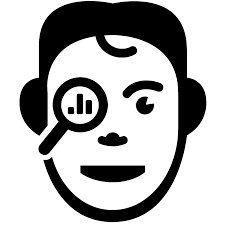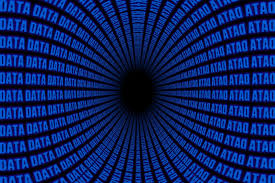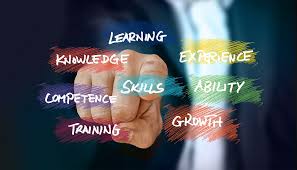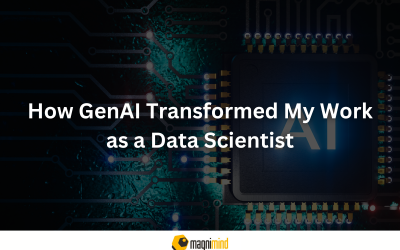Being a data analyst would mean you’ll have several skill-sets that one needs to work in the domain of data science. However, it doesn’t mean you can easily jump from your data analyst career into the role of a data scientist. Before discussing if being a data analyst could act as a step to becoming a data scientist, let’s take a look at what each of these professionals do.
1- Data Analyst vs. Data Scientist

The job of a data analyst is to collect, process, and apply statistical algorithms to structured data to derive benefits and help in informed decision making.
Though the goal of a data scientist is similar, a data scientist also possesses robust skills for handling large amounts of unstructured data, potentially processing them in almost real-time. If you’re a data scientist, you’ll find out important information and have the ability to clean and process it, which is then followed by running advanced algorithms on the data, which could have originated from an extensive range of sources. Data scientists also have strong business acumen, intellectual curiosity, storytelling and visualization skills, and a positive attitude toward teamwork.
2- Data Analyst to Data Scientist – The Road to Transition

Though most data analysts will have a good foundation, it would still take them some time to become a data scientist. This could be from a couple of weeks to some years depending on whether you opt for a data science bootcamp in Silicon Valley or take the arduous route of full-time degrees and programs. A data analyst would need to invest time, effort, and money to develop skills to apply cutting-edge approaches comprehensively on awkward structures and/or large/unstructured data sets.
3- Data Analyst to Data Scientist – Skills Needed for the Transition

Answering this question is difficult as sophisticated data science projects may have an intricate pipeline with several elements, and mastering all at the same time is impossible. Still, you should hone your skills (as you may have already worked with these technologies as a data analyst) or at least, touch upon a reasonable part of these:
- Data Science languages: Python and R
- Distributed computing: Spark and Hadoop
- Relational databases: PostgreSQL and MySQL
- Non-relational databases: MongoDB
- Machine learning models: Boosted Trees SVM (Support Vector Machines), Regression, NNs (Neural Networks)
- Graph databases: GraphX and Neo4J
- Cloud: AWS/GCP/Azure
- Data Visualization and Webapps: RShiny and D3
- API Interaction: Rest and OAuth
- Specialist domains: OCR (optical character recognition), NLP (Natural language processing), and Computer Vision
To fast-track your transition (from a data analyst to data scientist), you can choose a data science bootcamp in Silicon Valley that has industry leaders as its instructors. With projects, hands-on assignments, and mentorship from your instructors, such a bootcamp will get you trained in the most in-demand skills, tools, and expertise essential to think and work as a modern data scientist. Thus, you can be job-hunt ready faster than waiting for years to complete traditional or full-time classroom courses to get a job in the field of data science.
. . .
To learn more about data science, click here and read our another article.


